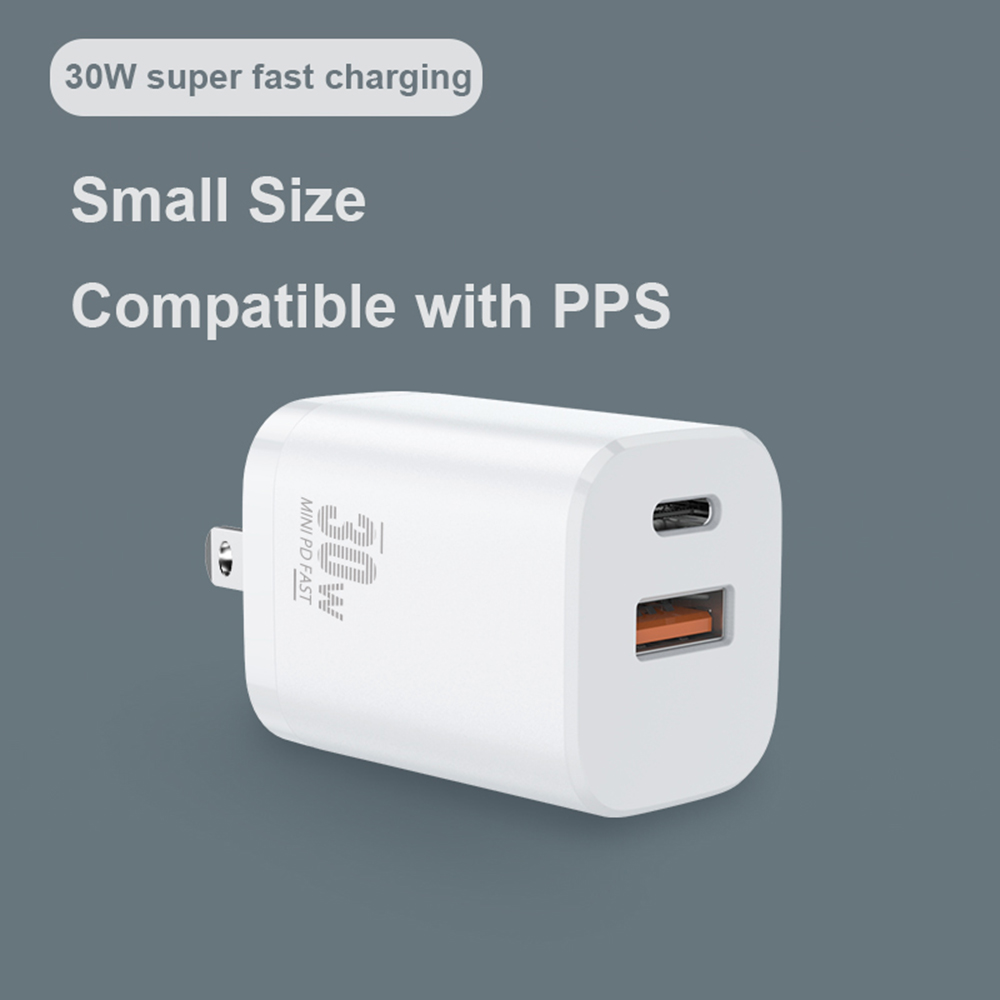In the era of connected vehicles, patents have become a critical factor in shaping the future of the automotive industry. The Internet of Vehicles (IoV) is an extensive interactive network that integrates information such as vehicle location, speed, and route. This technology enables vehicles to collect environmental and operational data through devices like GPS, RFID, sensors, and camera image processing. With the help of internet technology, vehicles can transmit their data to a central processor, while computer systems analyze this massive amount of information to calculate optimal routes, provide real-time road updates, and manage traffic signals efficiently.
In recent years, the IoV has emerged as a key battleground for global manufacturers. Major car companies and technology providers are actively investing in new technologies to enhance the development of connected vehicles and gain a competitive edge in the self-driving market. Patents play a crucial role in this process, serving as a strategic tool to track technological advancements and identify key players in the field.
Patent analysis helps uncover the technical focus of major vendors. While general patent analysis provides insights into overall trends, it's not enough to determine a company’s core technological strengths. High-value patents, which are often determined by citation counts and the number of patent families, offer deeper insights into a manufacturer's innovation strategy.
Most of the high-value patents are related to system status monitoring, safety, and security. These patents are essential and represent key innovations that deserve attention. From 2005 to 2008, many of the top patents were focused on internal control modules, pressure monitoring, and navigation systems. Between 2008 and 2012, there was a shift toward network applications, with a growing emphasis on connectivity and data exchange. By 2012 to 2016, the focus returned to condition detection, particularly in areas like road deviation warnings, which have since become a core component of modern vehicle technology.
Another important indicator is the patent family, which reflects a company’s strategic layout. Companies with strong patent portfolios tend to file multiple patents across different regions and jurisdictions to protect their intellectual property and maximize market value. Analyzing these patent families gives insight into a company’s internal R&D priorities and long-term vision.
High-value patents are often closely tied to safety and security technologies. However, as the IoV evolves, there is a noticeable shift from traditional safety features to network application security. This trend highlights the growing importance of cybersecurity in connected vehicles.
Currently, leading car manufacturers and Tier 1 suppliers have established strong patent positions, indicating their long-term involvement in the field. Their patents have been widely cited, showing that their technologies are influential and serve as benchmarks for others. In this context, patents not only reflect a company’s technical capabilities but also its strategic influence in the market.
Patent family analysis also reveals that leading manufacturers are often chip and navigation companies. These firms are leveraging their patent strategies to expand their IP portfolios and secure their position in the evolving automotive landscape.
In recent years, both car manufacturers and communication companies have shown strengths in high-value patents. Although their strategies differ, they both focus on two main areas: condition monitoring and network security. As the IoV continues to develop, tracking these areas will be essential for understanding competitors' IP strategies and formulating effective responses.
In conclusion, the era of connected vehicles is driven by innovation, and patents are at the heart of this transformation. Whether through citations or patent families, understanding the IP landscape is crucial for staying ahead in this rapidly evolving industry. For more detailed insights and up-to-date information, stay tuned to our platform, where we bring you comprehensive coverage of the latest developments in automotive electronics and beyond.
USB Charger
USB Charger
The Universal Serial Bus (USB) port on computers and laptops is a data port that also serves as a 5-volt power source.Virtually all portable, personal electronics feature a USB port, though the connector can vary between one of several standards. The charger plugs into an AC outlet, and a USB Cable plugs into the charger.

USB Charger,30W USB C Wall Charger,Fast Charging USB C Wall Charger,Ports 60W Wall Charger Home Charger
Pogo Technology International Ltd , https://www.wisesir.net
